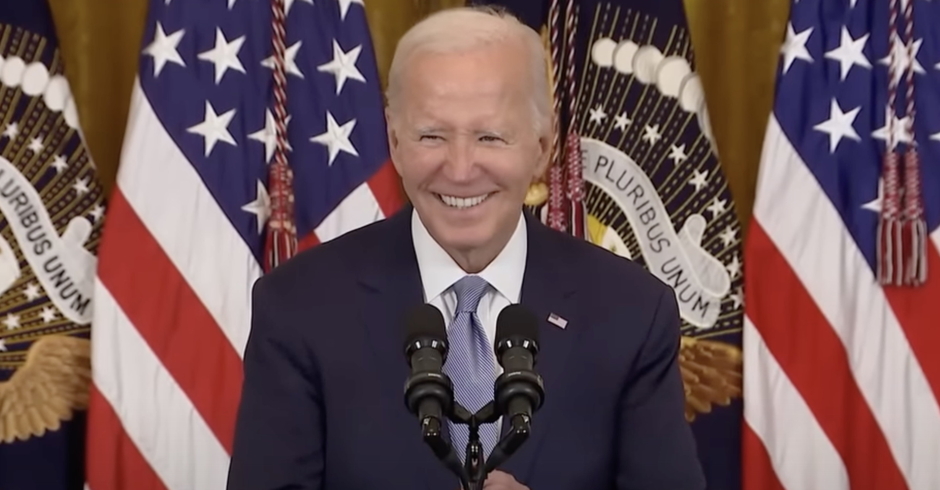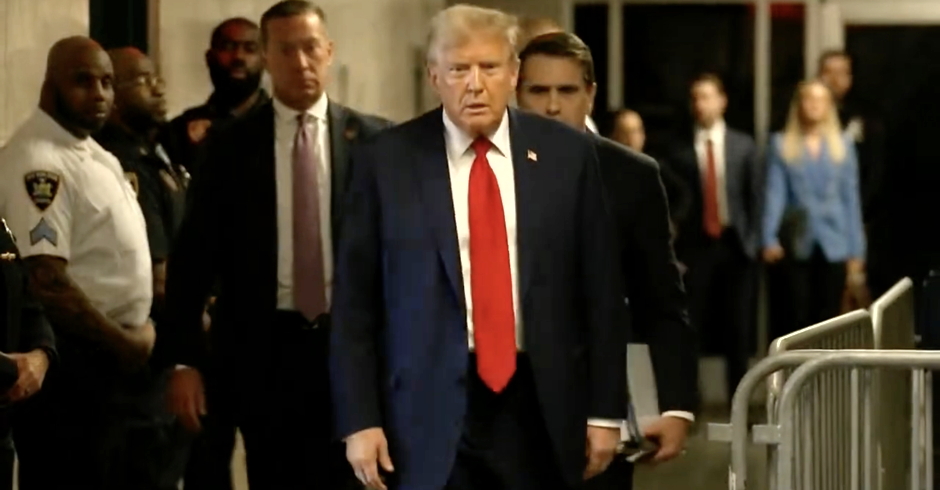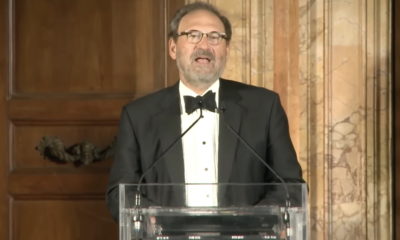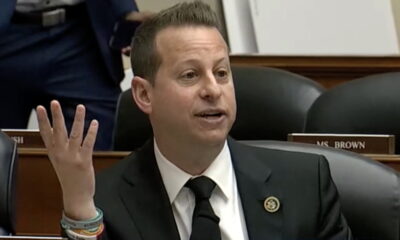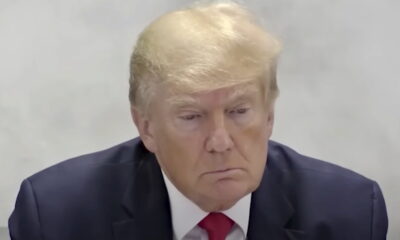The LGBT March on DC Is Happening: Five Post-Election Reasons This Is Important
The Women’s March ‘Set the Tone With Their Leadership and It Is Our Intention as a Community to Follow Their Lead and Play Our Part’
Drawing inspiration from last week’s Women’s March on the capital – and in hundreds of cities around the world – activist David Bruinooge has begun planning The National Pride March, an LGBT march of solidarity on Washington, D.C. Coinciding with D.C.’s Pride event the march is scheduled for June 11, 2017.
“I thought the gay community should be doing something like [the Women’s March] to follow up on the momentum,†Bruinooge, an openly gay New York resident told the Washington Blade. He cited that he was inspired by the country’s women who “[took] to the street [to get] their voices heard.†D.C.’s Women’s March in particular, which was echoed in 60 countries and on seven continents, became the largest inauguration-related demonstration in U.S. history and easily exceeded the attendance of Donald Trump’s inauguration.
“They set the tone with their leadership and it is our intention as a community to follow their lead and play our part,†The National Pride March Facebook event page reads, advising that the event is all-inclusive and peaceful. Bruinooge said that he chose June 11 for the event as it coincides with D.C.’s Capital Pride Festival, which reportedly had an estimated 275,000 in attendance in 2016.
Bruinooge contacted Ryan Bos, the executive director of the Capital Pride Alliance, who expects the march and the D.C. Pride events to complement one another, with the intent that the march begin in the morning and end at the site of the Pride festival. “[Capital Pride Alliance] obviously [has] the infrastructure and the mass support to help this become a reality,†Bruinooge said.
The LGBT community is no stranger to marching on the nation’s capital. The National March on Washington for Lesbian and Gay Rights, the first major LGBT march on D.C., took place on October 14, 1979, partly in response to the assassination of openly gay politician Harvey Milk. The last, the National Equality March in 2009, took place on October 11 of that year and coincided with National Coming Out Day.
The Trump Administration is already no stranger to protests and demonstrations, and many members of the LGBT community joined the Women’s March, in D.C. and across the world. So why now, and why should the LGBT community take the lead on visible opposition to the current administration?
Setting aside Mike Pence, arguably the most anti-LGBT politician in modern U.S. history, and even the twelve bills that have been filed across nine states targeting transgender people, one need only look to this small sampling of post-election examples to find the answer:
1. Potential Attorney General Jeff Sessions.
Donald Trump nominated Jeff Sessions for the role of Attorney General. Sessions, whose past racially-charged comments kept him from being confirmed to the federal bench, has voted for a Constitutional ban on marriage equality, against the Employment Non-Discrimination Act, spoke in opposition to SCOTUS’ ruling on marriage equality, voted against repealing “Don’t Ask, Don’t Tell,†and even voted against the Violence Against Women Act and against expanding hate crimes to include sexual orientation, gender and disability. If confirmed, Sessions would lead the U.S. Department of Justice, which is tasked with the fair and impartial administration of justice.
2. Potential Secretary of Health and Human Services Secretary Tom Price.
Donald Trump nominated Tom Price for the role of Secretary of Health and Human Services. Price falsely said that “promoting the homosexual agenda†has a “tremendous medical health impact and economic impact.†He also voted against repealing the ban on LGB people serving openly in the military, against the Employment Non-Discrimination Act, voted against the reauthorization of the Violence Against Women Act, and called SCOTUS’ ruling on marriage equality “not only a sad day for marriage, but a further judicial destruction of our entire system of checks and balances.†If confirmed, Price would be responsible for overseeing nearly 80,000 employees, and be responsible for policy across the Centers for Disease Control and Prevention (CDC), Food and Drug Administration (FDA), National Institutes of Health (NIH), and Centers for Medicare and Medicaid Services.
3. LGBT Youth are experiencing a spike in bullying and harassment.
The Human Rights Campaign (HRC) has released the results of its post-election survey of 50,000 people, ages 13-18, which is believed to be the largest survey conducted of its kind. The survey found that 70% of respondents have witnessed bullying, hate messages or harassment since the election. Over the last 30 days, 50% of transgender youth reported feeling worthless most of the time, with 36% having personally been bullied or harassed and 56% percent having changed their self-expression or future plans due to the election. Almost 50% of LGBT youth said that they’d taken steps to hide their sexual orientation or delay their coming out.
Donald Trump nominated Betsy DeVos for the role of Secretary of Education, who donated $200,000 to Michigan’s ballot measure to ban same-sex marriage, and whose family donated more than $800,000 in funding to Focus on the Family, an anti-LGBT organization which supports conversion therapy to change a person’s sexual orientation, gender identity or expression.
4. Deputy Assistant Attorney General John Gore.
Donald Trump selected John Gore for the key role in the Department of Justice’s Civil Rights Division. Gore defended the University of North Carolina in its legal challenge to the state’s anti-LGBT law HB2. “HB2 places transgender North Carolinians in harm’s way and bans cities from passing non-discrimination protections, which has cost the state more than $600 million,†HRC’s Legal Director Sarah Warbelow released in a statement. “President Trump appears to be assembling an anti-LGBTQ team to lead the very agency charged with ensuring every American is protected from discrimination.â€
5. This:
I will be making my Supreme Court pick on Thursday of next week.Thank you!
— Donald J. Trump (@realDonaldTrump) January 25, 2017
Donald Trump announced (unsurprisingly) via Twitter that he will name his nominee for the Supreme Court next week. While Trump said he is “fine†with same-sex marriage because it’s “settled law,†moments later he spoke in opposition to “settled law†in Roe v. Wade. He’s previously vowed to nominate a justice “in the mold†of the late, vehemently anti-LGBT Justice Antonin Scalia, and last week met with a judge believed to be one of his top candidates for the position: a man who has likened same-sex sex to “prostitution, adultery, necrophilia, bestiality, possession of child pornography, and even incest and pedophilia.â€
Given that the State Department website has removed John Kerry’s historic apology to former State Department employees who were fired for being perceived as LGBT, and given that at the time of this publication, the Trump Administration has yet to replace any mention of the LGBT community that it removed from the White House website, it’s clear that the LGBT community must stand together in solidarity.
And march.
“We urge all supporters, friends, and family to descend on D.C. for the Pride 2017 weekend (June 8-11th) to make sure our voices are heard,†The National Pride March’s event page reads. “If you cannot attend the March in Washington… we urge you to reach out to your local Pride organizations to assist in creating solidarity through your existing Pride events. Let’s make this truly a ‘National Pride March’ that spreads from coast to coast and shows solidarity through our Pride movement.â€
At the date of this publication, the National Pride March event page lists that 17,000 people will be attending, with 70,000 interested in the event. Additional event details can be found at their event page, here.
To comment on this article and other NCRM content, visit our Facebook page.Â
Image via Facebook
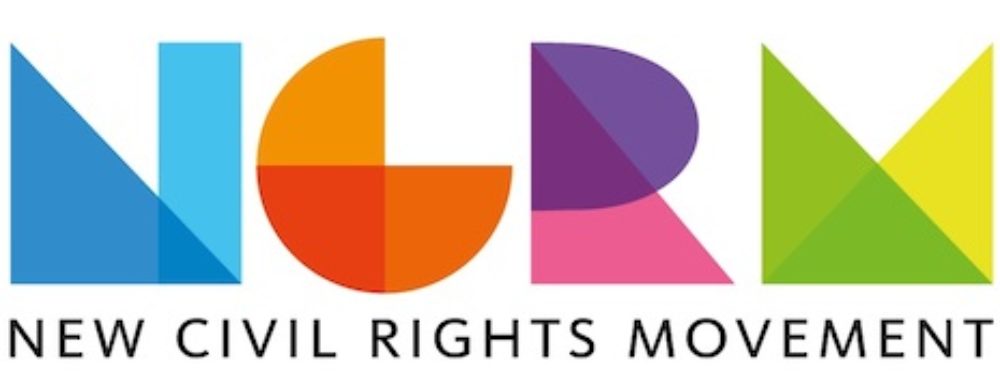
Enjoy this piece?
… then let us make a small request. The New Civil Rights Movement depends on readers like you to meet our ongoing expenses and continue producing quality progressive journalism. Three Silicon Valley giants consume 70 percent of all online advertising dollars, so we need your help to continue doing what we do.
NCRM is independent. You won’t find mainstream media bias here. From unflinching coverage of religious extremism, to spotlighting efforts to roll back our rights, NCRM continues to speak truth to power. America needs independent voices like NCRM to be sure no one is forgotten.
Every reader contribution, whatever the amount, makes a tremendous difference. Help ensure NCRM remains independent long into the future. Support progressive journalism with a one-time contribution to NCRM, or click here to become a subscriber. Thank you. Click here to donate by check.
 |

